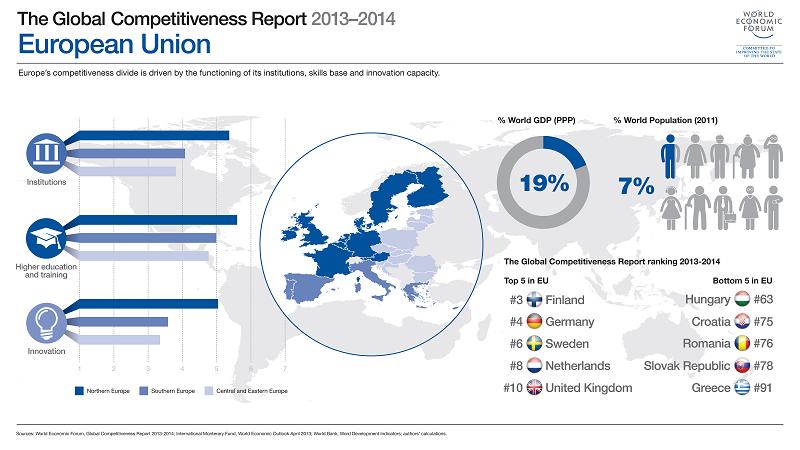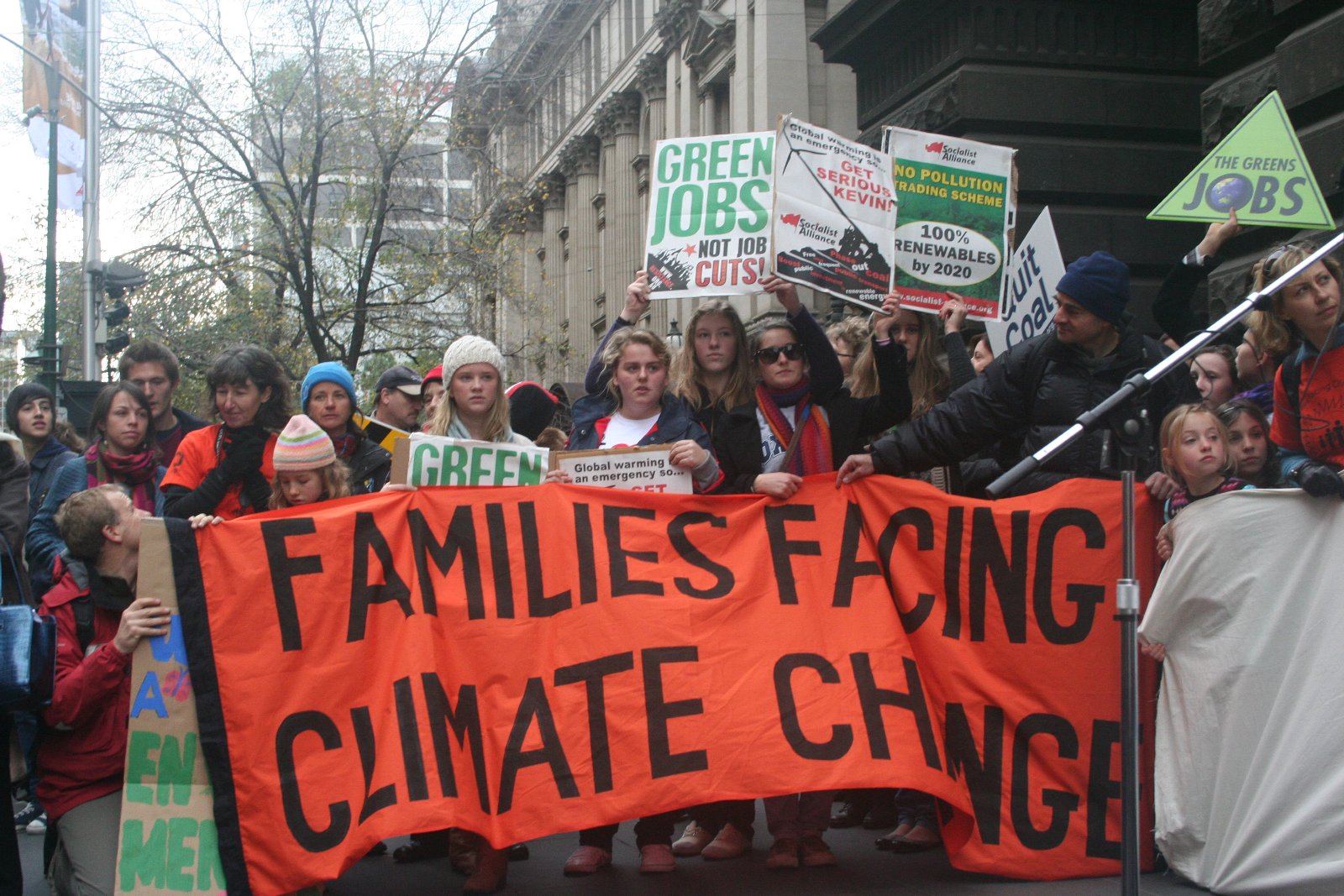The uncompromising reign of the patriarchy in most societies has unquestionably imposed detrimental effects on women, including political, economic and social discrepancies.
Gender has only recently been interpreted as a social construct, independent and separate from the biological difference of sex. According to the World Health Organization, “’sex’ refers to the biological and physiological characteristics that define men and women,” and “‘gender’ refers to the socially constructed roles, behaviors, activities, and attributes that a given society considers appropriate for men and women.”[1]
Rhetorician Judith Butler asserts that, “gender is an act which has been rehearsed, much as a script survives the particular actors who make use of it, but which requires individual actors in order to be actualized and reproduced as reality once again.”[2] This statement illuminates gender as an act perpetuated by society for so long that it appears to have become a binary concrete truth. It is seemingly impossible to imagine a world in which gender does not exist. Regardless, it is imperative that society as a whole aims toward reforming these roles to respect the rights of women, and to promote equality among all people.
Women have been the predominant victims of economic instability. Lack of ability to pursue careers or hold jobs is often furthered by women’s societally assigned roles as mothers and caregivers. The protection of women’s reproductive rights is helping to promote the rights of women to obtain jobs. [4]
The United Nations Convention on the Elimination of All Forms of Discrimination Against Women (CEDAW) provides such protection by taking into account “the particular problems faced by rural women and the significant roles which rural women play in the economic survival of their families, including their work in the non-monetized sectors of the economy,” and by extending opportunities to these women. It provides for the education of women and promotion of literacy, and for opportunities for family planning, which can increase the ability of women to hold steady jobs.[3] [4]
CEDAW historically takes into account the predicament of women who have little say in family planning by extending equal rights to men and women “to decide freely and responsibly on the number and spacing of their children and to have access to the information, education and means to enable them to exercise these rights.” This provision helps women escape the confines of what is for some seemingly endless child rearing, and allows them the freedom to choose to pursue a career.[4]
One instance in which increased education contributed to a rise in women’s employment was in Bangladesh during the 1980s. The rise of the religious party Jamaat-i-Islami allowed for the reinterpretation of women’s places in the workforce and in the home as care providers. Rather than assuming women’s natural roles were those of mothers and care providers as the patriarchal structure dictates, women were viewed as possessing the same capability to work as men.[5] Consequently, the percentage of employed women in Bangladesh increased significantly.
Even when women do have the freedom to actively seek careers and hold jobs, it is often more difficult for them to do so than it is for men. According to the Pew Research Global Attitudes Project, “The view that men get more opportunities than women for jobs that pay well, even when women are as qualified for the job, is widespread.”[6] According to a report by the UN, the percentage of employed women is much less than that of employed men, especially in Africa. In the Democratic Republic of the Congo, just 8.6 percent of women are employed compared to 35.5 percent of men. In the Ivory Coast, the percentage of employed women is less than half that of men.[7]
This employment gap can be attributed to the attitudes of women and men toward the question of which gender has more of a right to employment. More than 75 percent of the population in Nigeria, Egypt, India and Pakistan feel that men should have more of a right to a job than women during tough economic times. Additionally, in many developed nations such as Germany and Poland, many believe that men have more opportunities for economic success than women.[8]
However, discrepancies in the percentage of employed women versus that of men are significantly less in more developed nations. In fact, in many developed nations, including Britain, Switzerland, and New Zealand, the percentage of employed women is marginally greater than that of men. However, even in countries where women are employed in higher numbers than men, a significant gap exists between the pay of men and women. For example, 90.5 percent of women are employed in the United Kingdom as compared to 81.3 percent of men.[9] However, equally qualified women in the UK are paid only 79 percent of men’s salaries for completing the same jobs.[10]
Women are often excluded from the political sphere, and there is a severe discrepancy between the number of women and men empowered in governments. According to a 2010 report by the Inter-Parliamentary Union, the only government in which the number of women in positions of political power exceeds that of men is that of Rwanda, with a government made up of 56.3 percent women. The lack of women in politics makes it difficult to find a voice for women’s rights issues in the international forum, leaving many issues unattended and unresolved because the vested interest of decision makers is simply absent.
One explanation for such a large discrepancy is the preeminence of power and war in politics. Many aspects of politics have “polarizing” effects on gender roles, including war and the importance of dominance, usually associated with masculinity, and the opposing notion of women as peaceful and in need of protection.[11] In many societies, warlike behavior is glorified and therefore minimal emphasis on the ability to sustain life as an asset effectively delegitimizes women in politics, making the traditional roles of women comparatively trivial.
Women are often subjected to cultural practices to which they do not always freely consent. One prevalent cultural practice that borders on infringement of human rights is the practice of female genital mutilation (FGM). According to the WHO, “FGM is associated with cultural ideals of femininity and modesty, which include the notion that girls are ‘clean’ and ‘beautiful’ after removal of body parts that are considered ‘male’ or ‘unclean’.” This insight displays the stark contrast of social and cultural expectations that exist for men and women.
Statistics from the WHO display the highest percentages of girls reportedly subjected to FGM in African countries including Somalia with 97.9 percent, Guinea with 95.6 percent, and Egypt with 91.1 percent. Medical researcher Melissa Parker, who lived with a tribe in Sudan, argues that women, most of whom were subjected to the practice of FGM themselves, “do not circumcise their daughters to create problems for them later in life. They do so to protect them. An uncircumcised girl is unmarriageable and would bring undying shame to her and her family.”[12] Thus, the perpetuation of FGM can be viewed not as a cruel, unmerciful evil perpetrated by mothers on their daughters, but rather as a result of the patriarchal confines of society and the role of women as inferior.
According to a study from the UN Secretary General, violence against women occurs because of “historically unequal power relations between men and women.” “Pervasive discrimination against women” in cultural practices, the social, political and economic spheres, and in the private domain also contributes to women-specific violence. While violence against women is obviously met with disapproval by international institutions such as the UN, it has been difficult to resolve issues pertaining to such violence because of varying cultural interpretations of the definition of human rights. Differing cultural and societal norms result in a lack of uniformity in the application of human rights, and the evaluation of which practices are acceptable.
Violations of “human rights” are usually considered to be violations committed by a state actor. However, most violations of women’s rights occur in the “private” realm of the family, or through cultural practices, such as in the case of FGM.[13] Difficulties arise in seeking justice against violations of women’s rights when the perpetrator of the violence is not clearly defined. For example, it is impossible to indict an entire culture for perpetuating the practice of FGM, or any other form of female-oriented violence.
It is evident that gender roles, the archaic reinforcement of the notion of women as inferior, and the continual implementation of patriarchal structures in society negatively affect women. A less obvious consequence of these societally accepted norms is their negative impacts on men and state societies as a whole. The patriarchy significantly stunts the social and economic growth of societies. Additionally, men are just as victimized by gender roles as women and are often forced to conform to constricting norms that do not allow for complete freedom of expression.
It is imperative that all members of society view the problem of gender inequality as crucial. Without protection of women’s rights and the promotion of gender equality, societies cannot grow to their full potential, and people of all genders will remain constricted by unrealistic societal norms.
Lily Moseley
International Affairs ’17
[1] http://www.ghi.gov/resources/guidance/161891.htm
[2] http://www.cla.purdue.edu/english/theory/genderandsex/modules/butlerperformativity.html
[3] http://dash.harvard.edu/bitstream/handle/1/8852113/PrietoGanzalez05.pdf?sequence=1
[4] http://www.amnestyusa.org/sites/default/files/pdfs/cedaw_fact_sheet.pdf
[5] Feldman, Shelley. “Exploring Theories of Patriarchy: A Perspective from Contemporary Bangladesh.”Chicago Journals. 26.4 (2001): 1097-1127. Web. 27 Feb. 2013.
[6] http://www.pewglobal.org/2010/07/01/gender-equality/
[7] http://unfpa.org/public/home/publications/pid/353
[8] http://www3.weforum.org/docs/WEF_GenderGap_Report_2012.pdf
[9] “Men’s Lives Often Seen as Better Gender Equality Universally Embraced, But Inequalities Acknowledged.” Pew Research Global Attitudes Project. Pew Research, 01 Jul 2010. Web. 27 Feb 2013.
[10] Allen, Katie. “Equal pay for women not likely till 2067, says research.” Guardian [London] 18 August 2010, n. pag. Web. 27 Feb. 2013.
[11] Tickner, J. Ann. “Man, the State, and War: Gendered Perspectives on National Security.” Trans. ArrayEssential Readings in World Politics . Jack L. Snyder and Karen A. Mingst. 4th ed. New York, NY: W. W. Norton & Company, Inc., 2011. 89-97. Print.
[12] http://digitool.library.mcgill.ca/webclient/StreamGate?folder_id=0&dvs=1363600889850~868
[13] http://www.who.int/mediacentre/factsheets/fs241/en/


